The concept of marine cloud brightening (MCB) has emerged as a potential geoengineering strategy to mitigate the effects of climate change. By enhancing the reflectivity, or albedo, of marine clouds, scientists aim to bounce more sunlight back into space, thereby cooling the planet. This approach hinges on the deliberate introduction of fine sea salt aerosols into low-lying marine clouds, which can increase droplet concentration and scatter more solar radiation. While still in experimental stages, MCB represents a fascinating intersection of atmospheric science, oceanography, and climate policy.
The Science Behind Marine Cloud Brightening
At its core, marine cloud brightening leverages a natural phenomenon known as the Twomey effect. When aerosols are introduced into clouds, they act as nuclei around which water vapor condenses, forming smaller and more numerous droplets. These droplets scatter sunlight more efficiently than larger droplets, effectively brightening the cloud. Over oceans, where clouds are naturally low and abundant, this process could be harnessed to create a significant cooling effect. Researchers have studied ship tracks—visible trails of brighter clouds left behind by vessels emitting aerosols—as a real-world example of how human activity can inadvertently alter cloud properties.
However, the deliberate application of MCB requires precise control over aerosol size, concentration, and distribution. Too few aerosols might yield negligible brightening, while too many could lead to over-saturation and reduced effectiveness. Scientists are exploring advanced delivery systems, such as specialized vessels or drones, to disperse sea salt particles at optimal altitudes and locations. The goal is to maximize reflectivity without disrupting local weather patterns or marine ecosystems.
Potential Benefits and Global Implications
If successfully implemented, marine cloud brightening could offer a temporary buffer against global warming. Unlike carbon dioxide removal, which addresses the root cause of climate change but works slowly, MCB could produce relatively rapid cooling effects. This makes it an attractive option for buying time while societies transition to renewable energy and other long-term solutions. Some models suggest that brightening marine clouds over specific regions, such as the tropical Pacific, might even help mitigate extreme weather events like hurricanes by reducing sea surface temperatures.
Moreover, MCB could be scaled up or down as needed, providing flexibility in response to changing climate conditions. For instance, during periods of heightened global temperatures, the technique could be intensified to offset heatwaves. Conversely, if unintended consequences arise, the intervention could be scaled back or halted, allowing clouds to return to their natural state within days or weeks. This reversibility is a key advantage over more permanent geoengineering proposals, such as stratospheric aerosol injection.
Challenges and Ethical Considerations
Despite its promise, marine cloud brightening is not without controversy. One major concern is the potential for regional climate disruptions. Altering cloud properties in one area could inadvertently affect rainfall patterns elsewhere, possibly leading to droughts or floods in vulnerable regions. For example, reducing sunlight over the ocean might shift monsoon cycles, with devastating consequences for agriculture-dependent communities. These uncertainties underscore the need for rigorous modeling and small-scale field tests before large-scale deployment.
Ethical questions also loom large. Who gets to decide where and when MCB is implemented? How should the risks and benefits be distributed globally? Critics argue that geoengineering, even with benign intentions, could create a moral hazard by diverting attention and resources away from emissions reductions. There are also fears that powerful nations or corporations might exploit MCB for their own interests, potentially exacerbating geopolitical tensions. Transparent governance frameworks and international cooperation will be essential to navigate these dilemmas.
The Path Forward: Research and Collaboration
As interest in marine cloud brightening grows, so does the need for robust scientific research. Pilot studies, such as those conducted by the University of Washington’s Marine Cloud Brightening Project, are laying the groundwork for understanding the feasibility and impacts of MCB. These efforts involve laboratory experiments, computer simulations, and cautious field trials to refine aerosol delivery techniques and assess ecological responses.
At the same time, interdisciplinary collaboration is critical. Climate scientists, oceanographers, ethicists, policymakers, and local communities must engage in open dialogue to weigh the pros and cons of MCB. Public perception will play a pivotal role, as societal acceptance—or rejection—of geoengineering could determine its future. International bodies like the United Nations may need to establish guidelines to ensure that any deployment of MCB is equitable, accountable, and grounded in the best available science.
A Cautious Optimism
Marine cloud brightening sits at the frontier of climate intervention, offering both hope and complexity. While it is not a silver bullet for global warming, it could become a valuable tool in humanity’s arsenal against climate change. The coming years will be pivotal in determining whether MCB transitions from theoretical concept to practical solution. Whatever the outcome, the pursuit of this technology underscores a broader truth: addressing the climate crisis will require innovation, humility, and a willingness to explore uncharted territory.
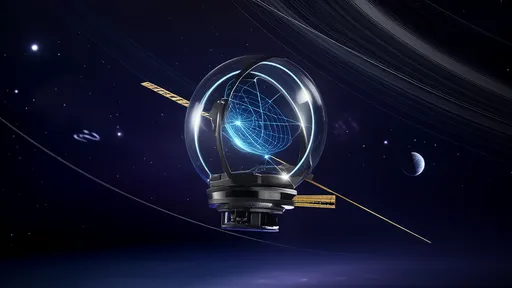
By /Aug 5, 2025

By /Aug 5, 2025

By /Aug 5, 2025

By /Aug 5, 2025
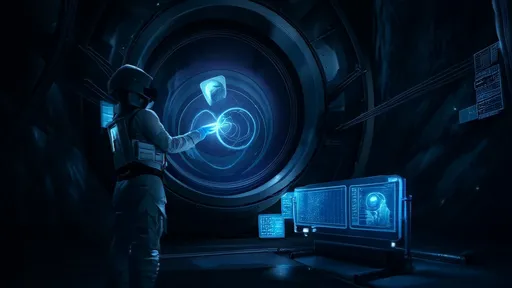
By /Aug 5, 2025

By /Aug 5, 2025

By /Aug 5, 2025

By /Aug 5, 2025

By /Aug 5, 2025

By /Aug 5, 2025
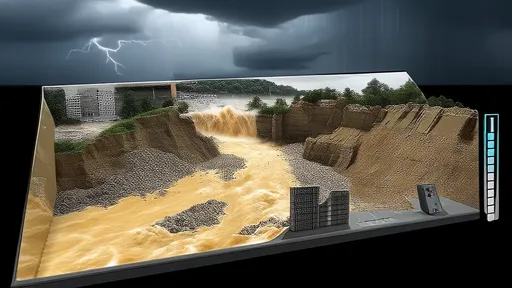
By /Aug 5, 2025

By /Aug 5, 2025

By /Aug 5, 2025

By /Aug 5, 2025
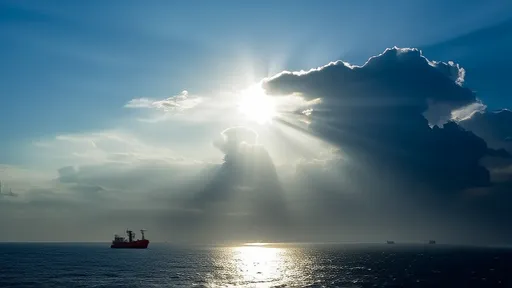
By /Aug 5, 2025

By /Aug 5, 2025
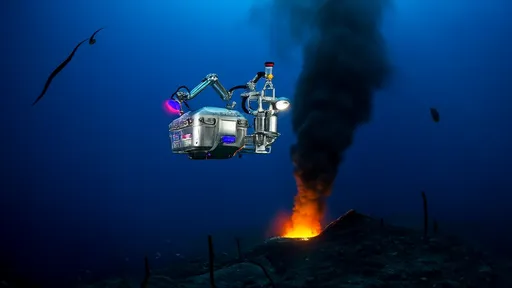
By /Aug 5, 2025

By /Aug 5, 2025

By /Aug 5, 2025

By /Aug 5, 2025